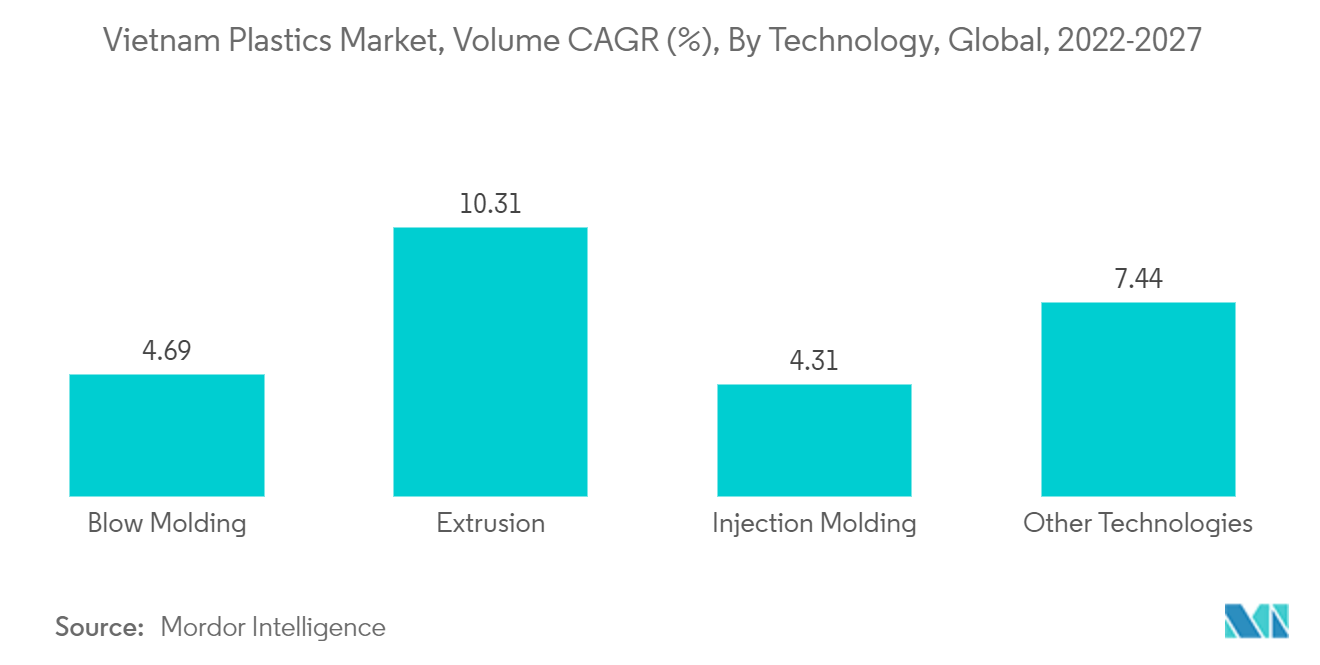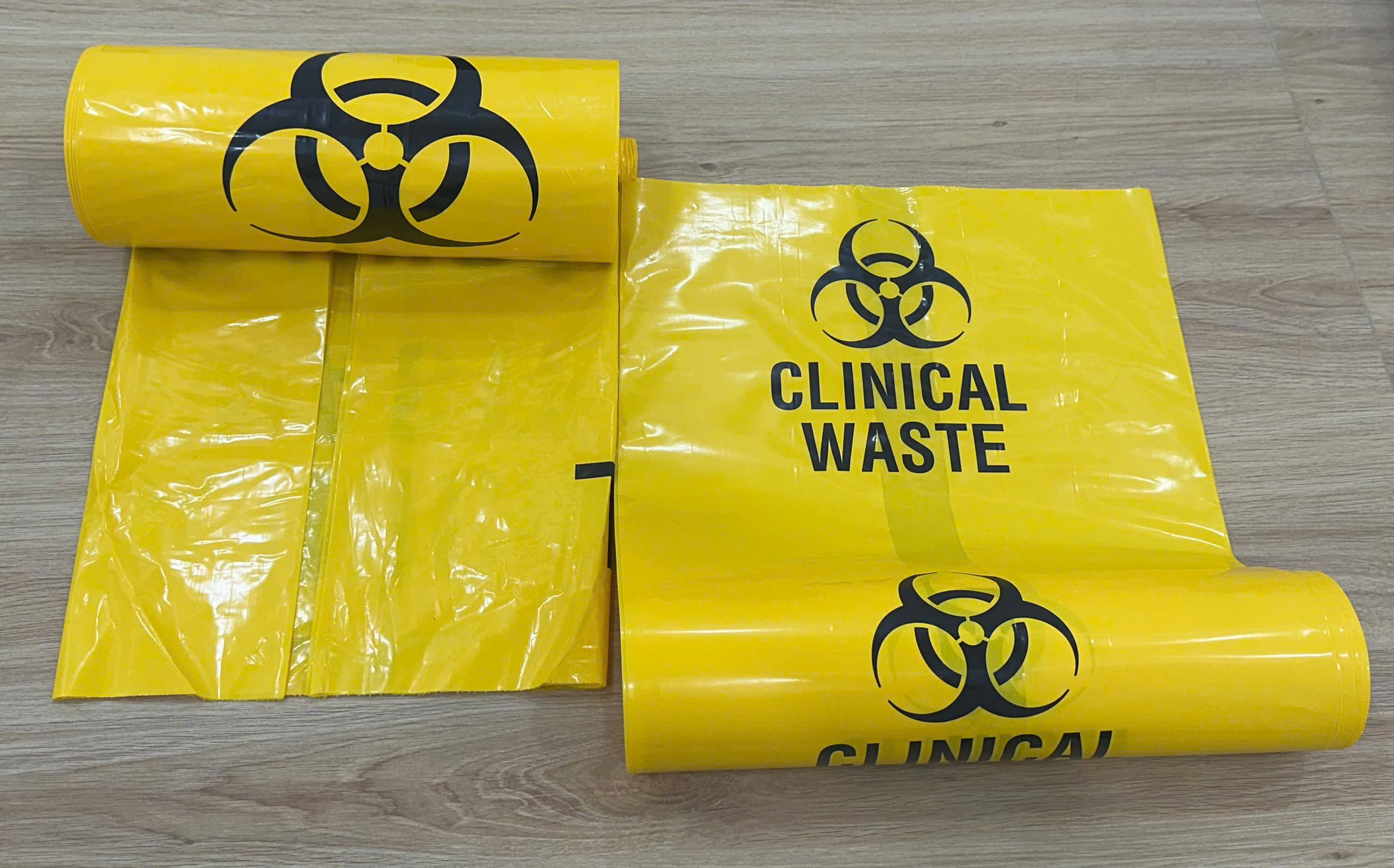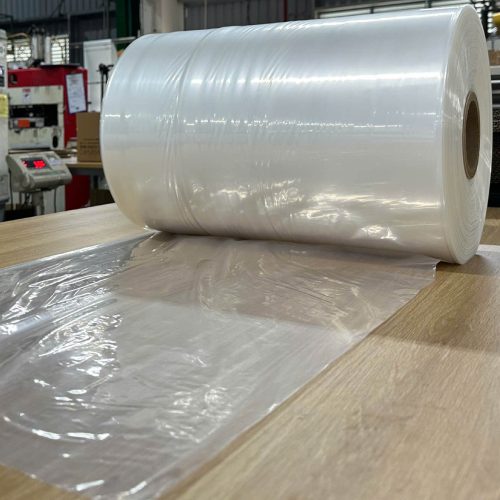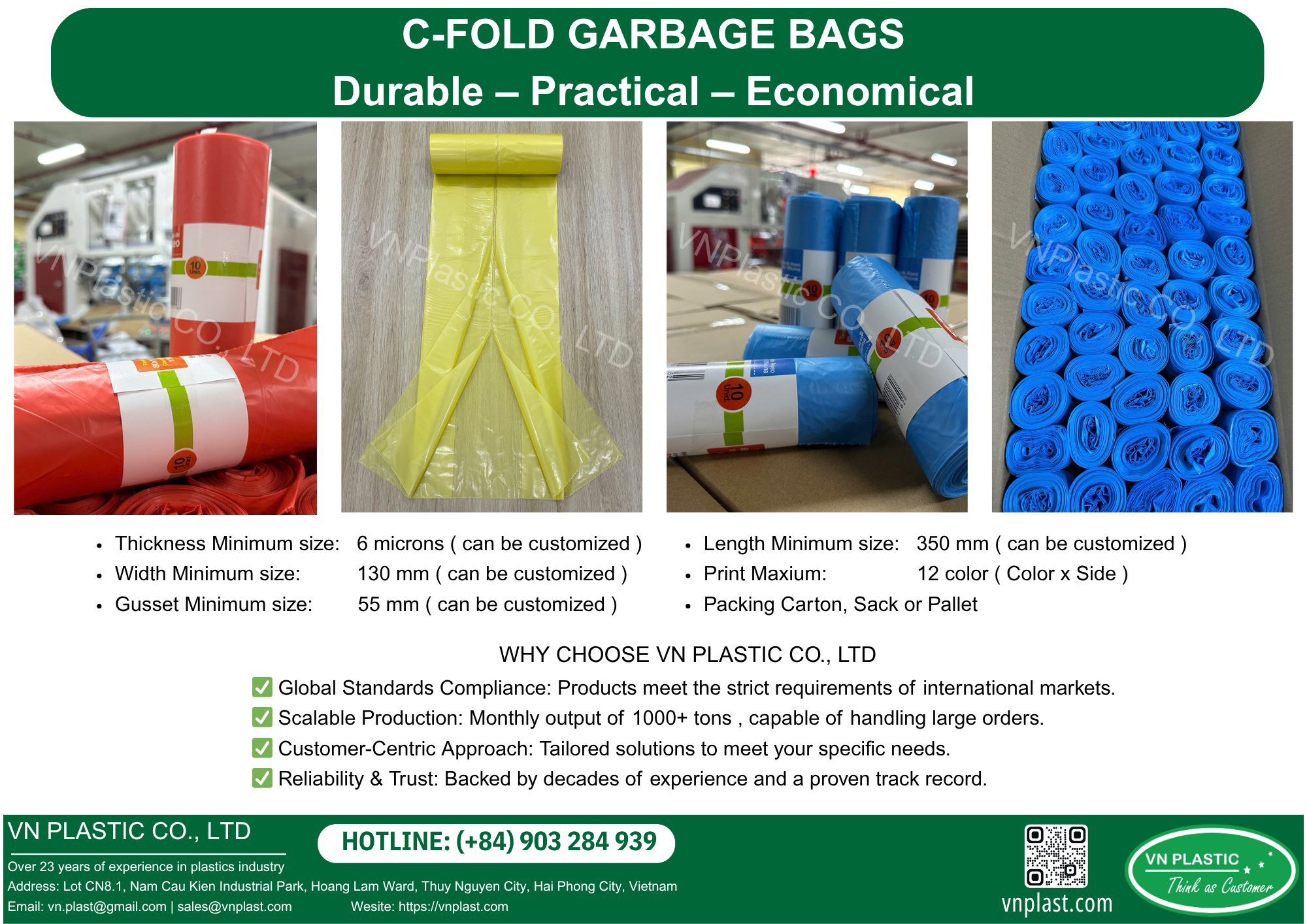Understanding the Plastic Packaging Industry in Vietnam is essential to grasp how this vital sector is adapting to global challenges, technological advances, and societal shifts. With rising demand for sustainable solutions and economic development, the industry is experiencing significant transformation that warrants a detailed exploration.
This comprehensive article delves into the dynamics shaping Vietnam’s plastic packaging sector, offering insights into opportunities, challenges, innovations, and future trends. We will explore key factors such as market growth, technological innovation, environmental concerns, and government policies—all tailored to help stakeholders make informed decisions in this rapidly evolving landscape.
Overview of Plastic Packaging Industry in Vietnam – Growth Drivers and Market Size

The plastic packaging industry in Vietnam has witnessed a remarkable growth trajectory over the past decade. Driven by rising domestic consumption, export expansion, and industrial development, this sector has become an integral part of Vietnam’s manufacturing landscape. Understanding the current tình hình ngành bao bì nhựa việt nam requires assessing the industry’s size, key drivers, and market dynamics.
Before diving into specifics, let’s understand what makes this industry so pivotal to Vietnam’s economy. From food packaging to industrial applications, plastic packaging provides an affordable, versatile solution that supports both local businesses and exports. The sector’s rapid expansion is juxtaposed with evolving environmental considerations and technological advancements that are reshaping its future.
Market Size and Growth Rate
Vietnam’s plastic packaging industry has grown significantly, with recent estimates suggesting an annual growth rate of around 8-10%. The total market value is projected to surpass several billion USD within the next few years, reflecting both domestic demand and export growth. The industry is supported by a rising middle class, increased urbanization, and growth in sectors such as food, beverages, pharmaceuticals, and retail.
The following factors primarily contribute to this impressive growth:
- Domestic consumption increase
- Export demand from key markets like the US, EU, and Asia
- Investment in manufacturing infrastructure
- Rising e-commerce industry requiring packaging solutions
Key Market Segments and Their Contribution
Vietnam’s plastic packaging industry is diversified, spanning several product categories including:
- Flexible packaging (bags, pouches)
- Rigid plastic containers (bottles, jars)
- Shrink and stretch films
- Food-grade packaging
Among these, flexible packaging leads the market share, owing to its lightweight and cost-effectiveness. However, rigid plastic containers are also seeing growth driven by the beverage and pharmaceutical sectors.
Challenges in Market Expansion
Despite promising expansion, the industry faces obstacles such as fluctuating raw material prices, environmental regulations, and a shift toward sustainable solutions. Managing these challenges is vital for long-term growth.
Technological Innovations Reshaping the Plastic Packaging Sector
Innovation is key to staying competitive in Vietnam’s plastic packaging industry. The adoption of advanced manufacturing techniques, eco-friendly materials, and digital transformation is driving efficiencies and sustainability.
Before discussing the latest innovations, it’s essential to recognize how technology influences production quality, cost, and environmental impact.
Automation and Industry 4.0 Integration
Vietnamese manufacturers are increasingly adopting automation, robotics, and Industry 4.0 practices to improve productivity and consistency. Automated machinery reduces labor costs, shortens production cycles, and enhances precision.
- Implementing robotic systems for bag making, cutting, and packing processes.
- Leveraging IoT sensors for real-time monitoring and predictive maintenance.
- Utilizing data analytics to optimize manufacturing workflows.
This digital transformation not only boosts efficiency but also positions Vietnamese firms as more competitive in global markets.
Use of Eco-friendly and Biodegradable Materials
Environmental concerns are compelling the industry to develop sustainable options. The use of biodegradable plastics, recycled materials, and innovative bioplastics is gaining momentum.
- Incorporating bioplastics made from renewable sources such as cornstarch or sugarcane.
- Developing compostable packaging that decomposes faster under natural conditions.
- Recycling post-consumer plastic waste into new packaging products.
This shift aligns with global trends towards eco-conscious consumption and stricter regulations, allowing businesses to appeal to environmentally aware consumers.
Enhancing Product Functionality and Smart Packaging
New technological developments enable functional improvements to packaging. Examples include:
- Anti-counterfeit features integrated into packaging for pharmaceuticals and premium products.
- QR codes and RFID tags for supply chain tracking.
- Active packaging with oxygen scavengers or moisture absorbers to extend shelf life.
Such innovations differentiate products, create added value, and open new markets for Vietnamese packaging producers.
Environmental Challenges and the Push Toward Sustainability

While the Vietnam plastics industry flourishes, environmental sustainability remains a critical concern. This is especially relevant as global scrutiny intensifies regarding plastic waste and pollution.
Before exploring strategies and policies shaping the green transition, it’s vital to recognize the scale of environmental impact associated with plastic packaging.
The Problem of Plastic Waste and Pollution
Vietnam is among the top plastic waste polluters globally, with significant amounts ending up in oceans and landfills annually. The proliferation of single-use plastics, particularly in packaging, exacerbates this issue.
Statistics reveal that over 80% of plastic waste is mismanaged, leading to environmental degradation. Consumers and governments are demanding urgent action to mitigate these effects.
Government Policies and Regulations
Vietnamese authorities have responded with a series of measures aimed at reducing plastic waste. Notable policies include:
- Ban on single-use plastics in major cities and tourism hotspots.
- Incentives for recycling initiatives and eco-friendly manufacturing.
- Implementation of Extended Producer Responsibility (EPR) programs.
Compliance with these policies pushes companies to innovate and adopt sustainable practices.
Industry Response and Sustainable Business Models
The industry’s response involves several strategies:
- Developing biodegradable and compostable packaging products.
- Investing in recycling infrastructure and reverse logistics.
- Promoting circular economy principles by designing products for reuse and recyclability.
Future growth hinges on aligning profitability with environmental responsibility, fostering a resilient and sustainable Plastic Packaging Industry in Vietnam.
Future Outlook and Opportunities for Vietnam’s Plastic Packaging Industry
Looking toward the future, the Vietnam plastic packaging sector holds considerable potential, especially with ongoing technological advancements, increasing international demands, and a commitment to sustainability.
Emerging Trends and Market Opportunities
The most promising trends include:
- Adoption of biodegradable plastics and eco-friendly materials.
- Smart packaging designed for e-commerce and direct-to-consumer markets.
- Customization and branding innovations to cater to premium customers.
Vietnam’s strategic location, competitive manufacturing costs, and skilled workforce position it as a manufacturing hub for plastic packaging excellence.
Challenges and Strategic Responses
Nevertheless, challenges such as raw material dependency, environmental regulations, and rising competition require strategic responses:
- Strengthening supply chains with local raw material options.
- Investing in RD for innovative, sustainable solutions.
- Forming industry collaborations to foster knowledge exchange and standards.
The Role of Policy and International Collaboration
Government policies supporting green manufacturing and international cooperation will be vital. Vietnam’s engagement in global sustainability initiatives can facilitate access to new markets and technologies.
What is the current market size of the plastic packaging industry in Vietnam?
The industry’s market value is estimated to be worth several billion USD, with an annual growth rate of around 8-10%.
How is Vietnam addressing environmental concerns related to plastic packaging?
Vietnam is implementing policies such as single-use plastic bans, promoting recycling, and supporting the development of biodegradable packaging materials.
What technological innovations are prevalent in Vietnam’s plastic packaging sector?
Automation, biodegradable materials, smart packaging, and digital tracking are significant innovations transforming the industry.
What are the main challenges faced by the industry?
Key challenges include fluctuating raw material prices, environmental regulations, waste management issues, and competition from alternative materials.
How can Vietnam leverage opportunities for sustainable growth in this sector?
Through investment in RD, government policies promoting green manufacturing, and international partnerships focused on sustainability and innovation.
Conclusion
The Plastic Packaging Industry in Vietnam is marked by rapid growth, technological innovation, and an urgent shift towards sustainability. The industry is navigating a complex landscape of economic opportunities and environmental challenges, fueled by rising domestic and export demands. Embracing automation, eco-friendly materials, and smart packaging solutions will be critical for staying competitive. Government policies and industry collaboration will further influence sustainable development, positioning Vietnam’s plastic packaging sector as a resilient and innovative player on the global stage. As Vietnam continues to adapt and innovate, the industry’s future remains promising, balancing economic growth with responsible environmental stewardship.




